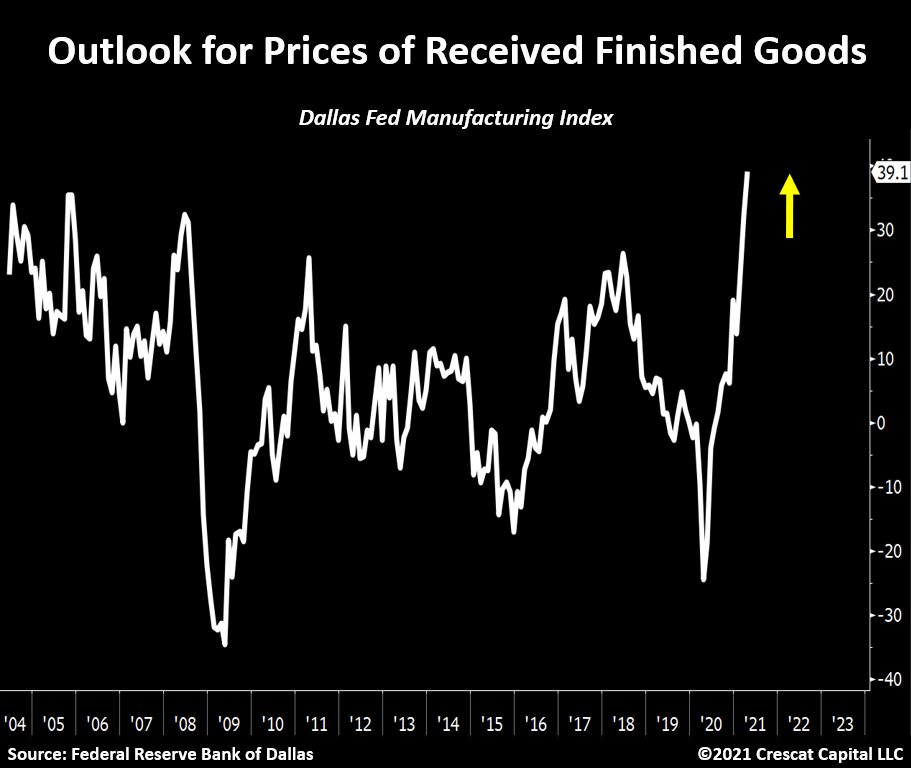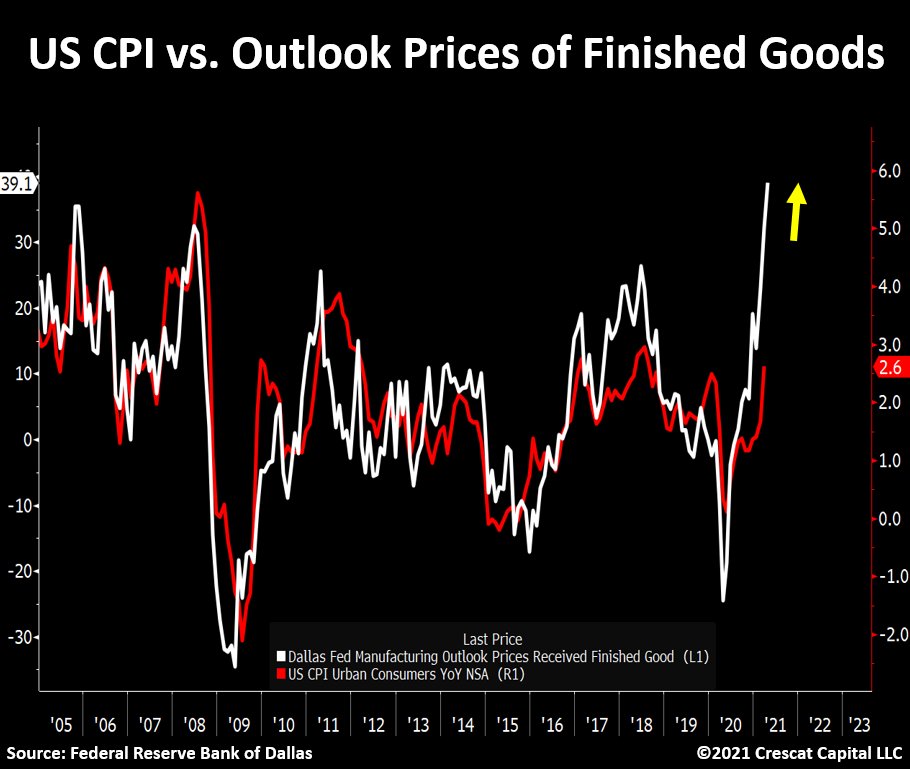
Important news from Crescat:
Quinton Hennigh will be joining Crescat full-time.
What does it mean for the companies he is working with?
👇👇👇
Quinton Hennigh will be joining Crescat full-time.
What does it mean for the companies he is working with?
👇👇👇
No major difference regarding his involvement.
He will continue to provide geologic and technical expertise to the companies in Crescat’s activist investment portfolio regarding their exploration and development strategies pursuant to a shareholder agreement.
He will continue to provide geologic and technical expertise to the companies in Crescat’s activist investment portfolio regarding their exploration and development strategies pursuant to a shareholder agreement.
So, to clarify:
He will be doing this as Crescat's Geologic and Technical Director, and not in an official capacity as an advisor or director to the companies, with the exception of a few.
He will be doing this as Crescat's Geologic and Technical Director, and not in an official capacity as an advisor or director to the companies, with the exception of a few.
Quinton will continue to be able to share his geologic views about each of these companies, especially through Crescat’s weekly live presentations as well as in appearances on other channels.
This change allows us to continue to be focused on building a unique investment strategy in the commodities sector with a niche in funding high-quality mining exploration and development assets in the precious and base metals industry.
Quinton has been critically important in this process.
Formalizing his role with Crescat marks a milestone for our business.
This is also incredibly good news for the overall mining industry.
Formalizing his role with Crescat marks a milestone for our business.
This is also incredibly good news for the overall mining industry.
As a team, we are determined to provide financial support and geologic expertise to fund what we expect to become major commodity discoveries and successful mining projects in the years ahead.
If you have any questions or comments, feel free to ask down below and we will make sure to address them in our live presentation this Friday at 2pm ET.
• • •
Missing some Tweet in this thread? You can try to
force a refresh











